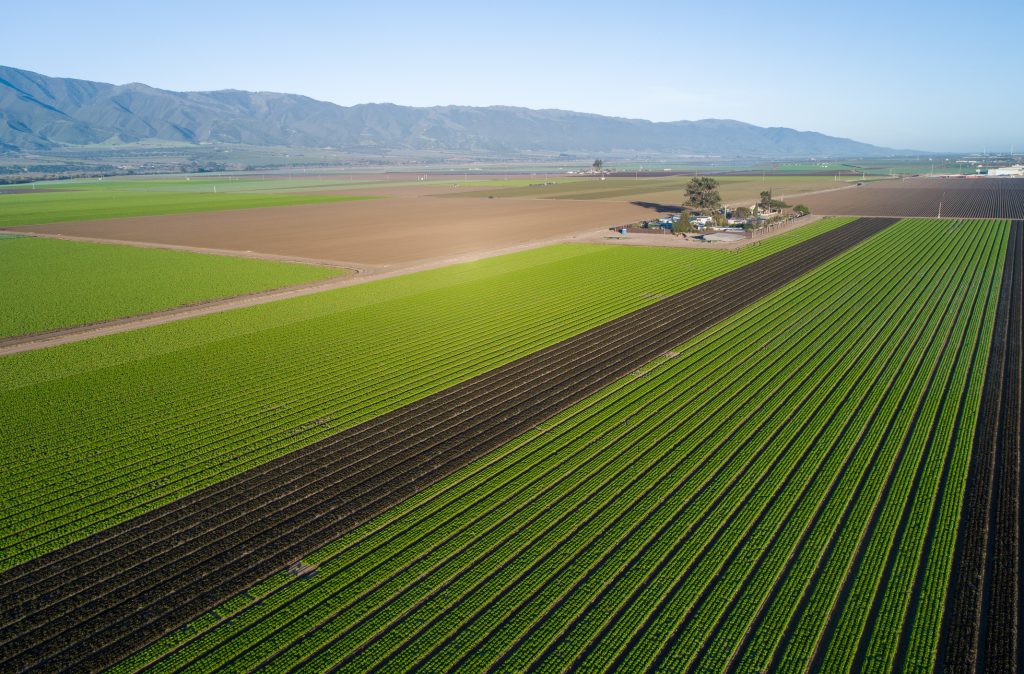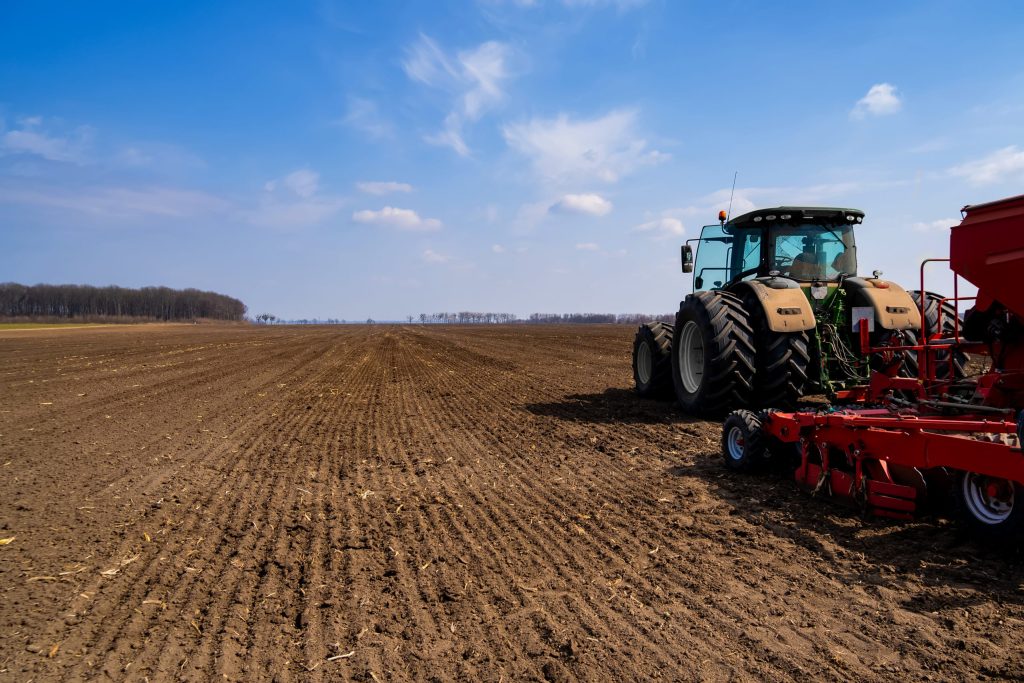What Farmers Are Telling Congress About Crop Insurance

Yesterday, the House Agriculture Committee invited various commodity groups to testify before the committee on Title I programs in the Farm Bill. This hearing kicked off the committee’s examination of the Farm Bill programs that help provide stability to America’s farmers, ranchers, and rural communities as they do the hard work of feeding, fueling, and […]
For America’s Farmers, Crop Insurance is First Line of Defense Against Climate Change

As farmers face increasing challenges due to climate change, the safety net provided by crop insurance is their first line of defense. This was one of the messages delivered last week at a panel discussion on mitigating the risks of climate change during the U.S. Department of Agriculture’s (USDA) 2022 Agricultural Outlook Forum. National Crop […]
Vilsack: USDA ‘Laser Focused’ on Crop Insurance Access

The U.S. Department of Agriculture (USDA) is committed to affordable and flexible crop insurance for the nation’s farmers, ranchers, and producers, according to Secretary Tom Vilsack. He made his pre-recorded remarks on the second day of the crop insurance industry’s annual convention in California. “Your work is critical to helping America’s farmers, ranchers, and producers […]

